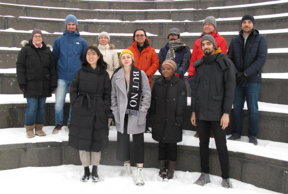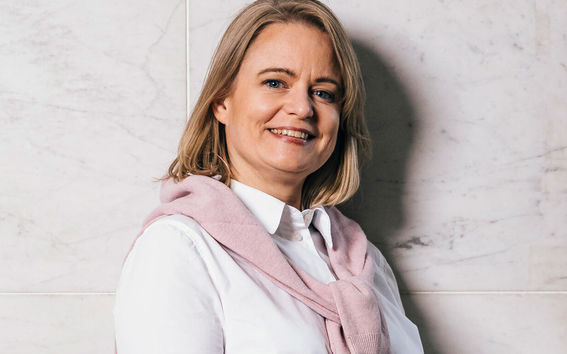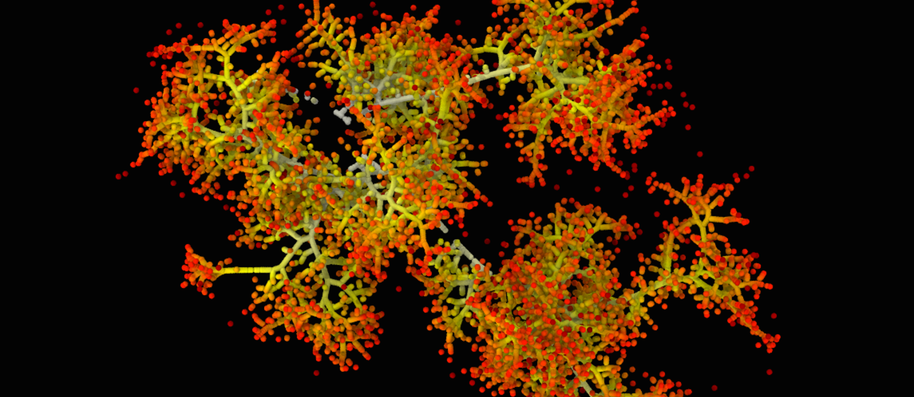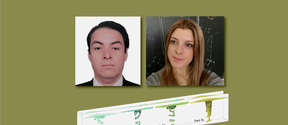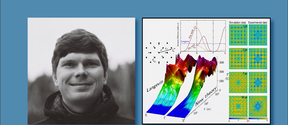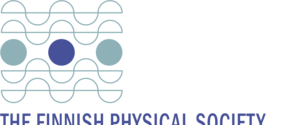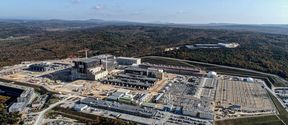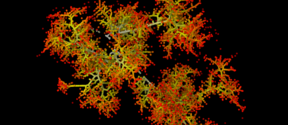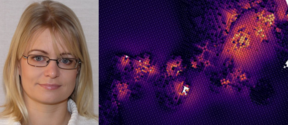The group offers a wide range of topics in computational materials physics for Bachelor’s theses, special assignments and Master’s theses, investigating effects of particle irradiation in materials on the atomistic level. Students wishing to carry out a thesis in these topics will benefit from experience in computational methods.
Many of our theses in nuclear engineering topics are written at the organizations in this field (VTT, Fortum, STUK, TVO) or instructed by their expert personnel. In reactor physics, the group partners with VTT Technical Research Centre of Finland Ltd., where the Reactor Analysis team develops state-of-the-art computational tools such as Serpent for the safety analyses of current and future nuclear fission reactors. The VTT team led by Prof. Jaakko Leppänen is strongly involved in teaching of nuclear engineering topics and also provides research trainee positions to our students.
For further information, please contact Professor Andrea Sand.
This course is intended for masters and doctoral students with a basic background in physics. This course teaches the fundamentals of the radiation damage process, and gives an overview of the microscopic and macroscopic effects of irradiation on materials. The course is lectured in English.
The course is intended for students minoring in energy sciences. It is lectured every spring. The course has three main parts: current, generation II and generation III nuclear reactors, future generation IV fission reactors and fusion reactors. The contents are basics of nuclear physics and technology, nuclear fuel cycle, nuclear waste management, safety and nuclear specific issues. Fusion reactor concepts, basics of fusion physics and material issues are also covered. The course is lectured in Finnish.
The course is lectured every autumn. It gives an overall view of nuclear energy, reactors and power plants and an introduction to neutron physics, nuclear reactor theory, reactor kinetics, heat removal, thermal hydraulics, fuel cycles, nuclear waste management and safety viewpoints. The mathematics and physics courses of the first two years are adequate prerequisites. The course is lectured in English.
Students who have passed the course “Introduction to reactor physics” can participate in an experimental reactor physics course at the VR-1 reactor in Prague, Czech Republic. At VR-1 we experience in practice many reactor phenomena learned on the theory course. The course consists of a seminar before experiments, a working week at the reactor and a detailed report on one of the experiments. The course is given in spring and its language is English.
The course is lectured every spring and concentrates on neutron physics. The course introduces a computational chain that can be used to model nuclear reactors. The course covers transport theory, Monte Carlo method, burnup calculation (Bateman equations) and diffusion theory as well as elementary heat transfer and thermal hydraulics. Applications of the computational chain are demonstrated. The course is lectured in English.
The course is lectured every autumn and it provides the skills to understand the computational methods used for Monte Carlo particle transport simulations. Monte Carlo codes are widely used as general-purpose calculation tools for particle and radiation transport applications in nuclear engineering, medical physics, fusion and space research. The course topics are focused on neutron transport and reactor physics, but the covered methods also apply to other radiation transport problems. The course is lectured in English.
The subject of the course is radiation, its interactions with matter and its health effects. The emphasis is on ionizing radiation, its risks and their mitigation. The concept of risk is studied in connection with radiation and nuclear safety. The course includes laboratory exercises on sealed sources and X-ray equipment. Knowledge of the Finnish regulations on radiation and nuclear safety is provided, and a certificate of a Radiation Protection Officer can be obtained from this course. The course is lectured in Finnish.







